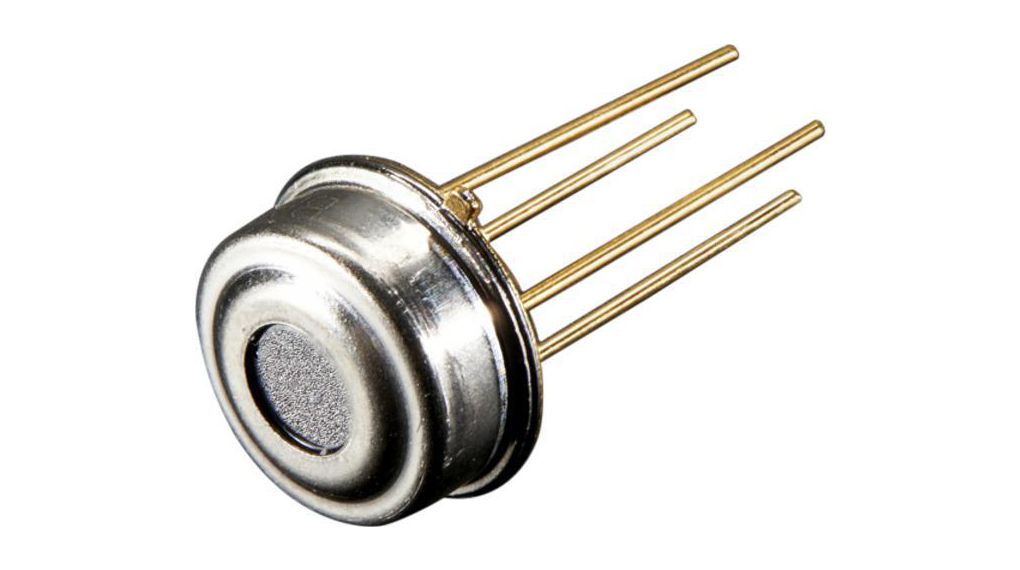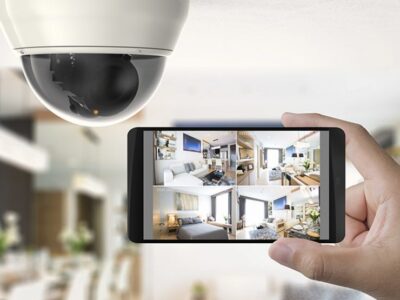
An infrared temperature is one of the crucial non-contact measurement devices used for temperature control and monitoring in the industrial process as well as machinery. It is often used for condition monitoring applications in crucial process plants, motion detection systems, machinery, electrical equipment, and even for quality control in process manufacturing like metals, mining, and food industry.
The infrared sensor locates hot spots in the target objects without interfering with the production process. In addition to that, they can perform measuring in challenging applications such as measuring in an area that is pretty hard to access, hot surfaces or objects that can be easily damaged with contact-type sensors, and even measure moving objects.
But choosing the right sensors can be such a huge challenge, especially if it is your first time. There are plenty of factors that you need to consider when purchasing infrared sensors so that you can get the right measurement. Let’s delve into them.
- Wavelength
Wavelength is one of the most important factors that you need to consider when measuring temperature. The wavelength in an infrared sensor can be directly impacted by the emissivity of the target object, which is the measure of the effectiveness of the infrared radiation emitted by the surface.
The emissivity of an object differs at different wavelengths when radiated energy is monitored. Highly reflective materials like metals generally have low emissivity.
Infrared sensors normally come with a feature that allows for adjustment of emissivity correction for getting correct measurements of temperature at different conditions. So when choosing an infrared temperature sensor, you should know its wavelength band.
- Temperature range
Temperature measurement using non-contact infrared sensors can go as high as 22000C or below freezing point. For instance, if the measurement needs to be performed in hot melting materials or blast surfaces, or in cooling laboratories and chains, infrared sensors that can suit these environments are available. So, you need to be very clear about the required measuring range so that you can choose the right option that suits your application.
You need to choose a sensor with a wide temperature range if the requirement is to monitor cool-down or start-up temperatures in a procedure. In addition to that, an infrared sensor with a narrow temperature range is ideal if you want to achieve greater resolutions of the output signal while observing and controlling temperatures. But if it’s for heat-treating applications where temperature needs to be confined to a specific range for a long period of time, you must select a sensor with the appropriate temperature range.
- Target size
You should also consider the area to be measured by the infrared sensor. This is also referred to as the field of view. Generally, it is advisable to go for a sensor with a field of views that is smaller than the measurement target by half. This is because of the impact of having a too large or too small field view than the target on temperature readings. If the targets are very large, they won’t measure temperature variation outside the measurement area, thus requiring a clear line between the sensor and the target.
- Response time
When measuring quickly heating or moving objects, you need to use infrared sensors with fast response times. There are 1-millisecond sensors available in the market for these kinds of applications. However, in some applications, such as fast sensors that surpass the ability of current control instruments, or there is a thermal lag in heating a process, a sensor with a moderate response time is ideal.
- Type of application
Finally, you need to pay attention to the kind of application that the infrared sensor is required for. It is worth mentioning that some environmental factors, such as vapors, dust, gasses, noise, vibrations, and electromagnetic fields can cause inaccuracies in measurements. They may also damage the lens of the sensor. So when purchasing an infrared sensor, you need to look for features like protective housing, water cooling, and air purging because they can protect the sensor against an ambient environment as well as give accurate measurements. You should also consider the cost of prerequisite services such as water, air, and power.











